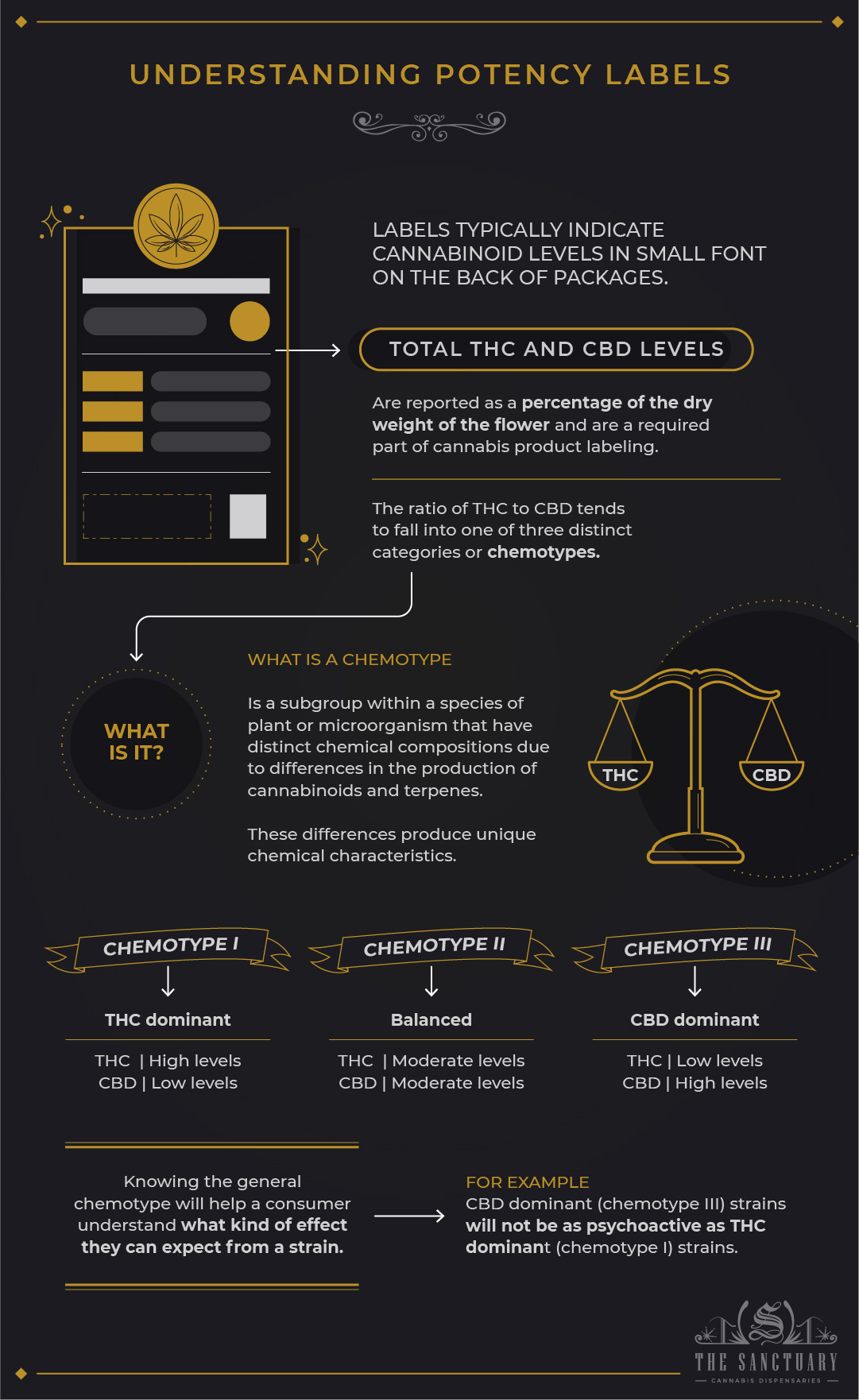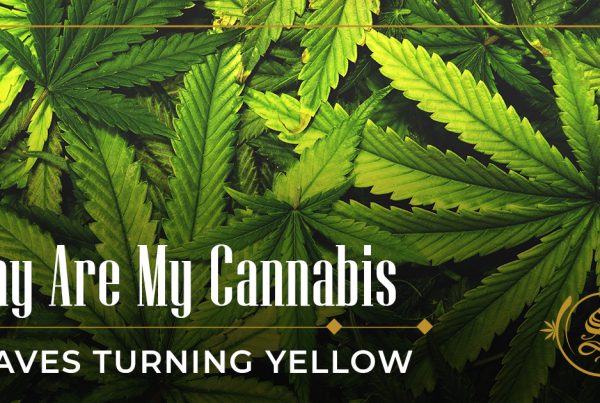Today’s cannabis is far more powerful than it was 30 or 40 years ago. In 1983, the average THC content of a cannabis sample was around 3 percent. As more states legalize cannabis, more people in the United States are purchasing and consuming it, and the types of cannabis available to them have grown significantly.
This worries experts who study cannabis and its effects on the body, as well as emergency department doctors who claim they are seeing more patients with weed-related disorders in the ER.
Because weed is non-toxic, these problems are not life-threatening, but they do indicate that people have become so high that they believe something is wrong with them.
Average THC amounts
It is critical to understand the potency of the cannabis you are taking, especially if you are a medical cannabis user who may require a specific concentration. The THC content in cannabis flower ranges from 10 percent to 15 percent on average. Anything with a potency of more than 15 percent is termed high potency. Ghost Train Haze, for example, is a 75/25 sativa that has been known to achieve THC levels of up to 25 percent.
It is less important to know how much THC is in your cannabis if you are smoking or vaporizing it. The benefits are quicker to appear and fade away, so start with a small puff and wait 10-15 minutes to see if you need more.
It is crucial to complete the dosage math when eating or preparing DIY edibles and tinctures with high THC cannabis. Cannabis, when consumed as food or in tinctures, is a potent drug, and even if you have built up a tolerance, one dose error could result in an unpleasant experience.
The purpose of dose math is to get a close approximation of how many milligrams of THC will be in your cannabis recipes so that you may enjoy more consistent benefits without the bad side effects that high THC cannabis use can bring. THC at a dose of 5 mg is a decent place to start.
Understanding potency labels

Cannabis products must be tested and labeled to show how much THC and CBD are present. Consumers must grasp what these two cannabinoids are and how they act because they are often the most prevalent in cannabis products. Although the amount of THC and CBD in cannabis products is shown on the box, these amounts can be difficult to read and decipher, especially for those who are new to cannabis.
Cannabinoid levels are usually indicated on the back of the packaging in small writing. THC and CBD contents are expressed as a percentage of the flower‘s dry weight and are needed on cannabis product labels.
The ratio of THC to CBD, on the other hand, does not exist on a continuous scale. Instead, it tends to fit into one of three chemotypes (categories).
A chemotype is a subdivision of a plant or microbial species. These variances are the result of tiny genetic mutations that have little effect on the plant’s architecture but yield distinct chemical properties.
Cannabis comes in three chemotypes:
- Chemotype I: THC dominant with high levels of THC and low levels of CBD.
- Chemotype II: Well-balanced, with moderate THC and CBD levels.
- Chemotype III: CBD dominant with high levels of CBD and low levels of THC.
Despite the fact that each strain is unique, knowing the basic chemotype will help a customer understand what kind of effect to expect from a strain. CBD-dominant (chemotype III) strains, for example, will be less psychotropic than THC-dominant (chemotype I) strains.
How genetics influence THC and CBD ratios
CBDA and THCA (which become CBD and THC when heated) are both synthesized by a cannabis plant’s genetic development from the same cannabinoid: CBGA.
The chemotype of a strain is governed by genetic inheritance, according to a group of Dutch researchers from 2003. The researchers also suggested that the chemotype was controlled by a single gene with two potential alleles or mutational variations.
Whether CBDA, THCA, or both appear is determined by an enzyme that can be expressed by the same gene in one of two variants, A and B. There are only three alternatives because each plant receives two gene copies.
Two A-encoding genes, one of each A and B encoder, or two B encoders will be given to it. The amount of CBDA and THCA in the plant is determined by this distribution. Those with two A encoders will be CBD-dominant, with very little THC. Strains containing one of each will have a 1:1 ratio. Finally, plants with two B encoders develop into THC-dominant strains.
What is bioavailability?
The proportionate active impact of any drug or chemical entering the body is referred to as bioavailability. To put it another way, your body is unlikely to absorb all of the chemicals present in any given material.
When prescription drugs, vitamin supplements, and food and beverages circulate through the body, they all have a certain bioavailability. THC has a measured bioavailability, which is determined by how much your body absorbs rather than how much is in the bowl you just smoked.
The bioavailability of cannabis is found to be highly dependent on the mode of distribution, according to studies. CBD penetrates tissue ten times more effectively than THC when used as a topical ointment or transdermal patch. CBN is in the same boat.
THC, on the other hand, is more accessible than CBD when taken orally or inhaled. Following oral delivery as a sublingual spray, THC concentrations in the bloodstream appeared 30-50 percent greater than CBD, according to clinical research.
When taken orally, however, THC bioavailability is still low, averaging just 4-12 percent. THC’s bioavailability increases to an average of 30 percent when smoked or vaped.






